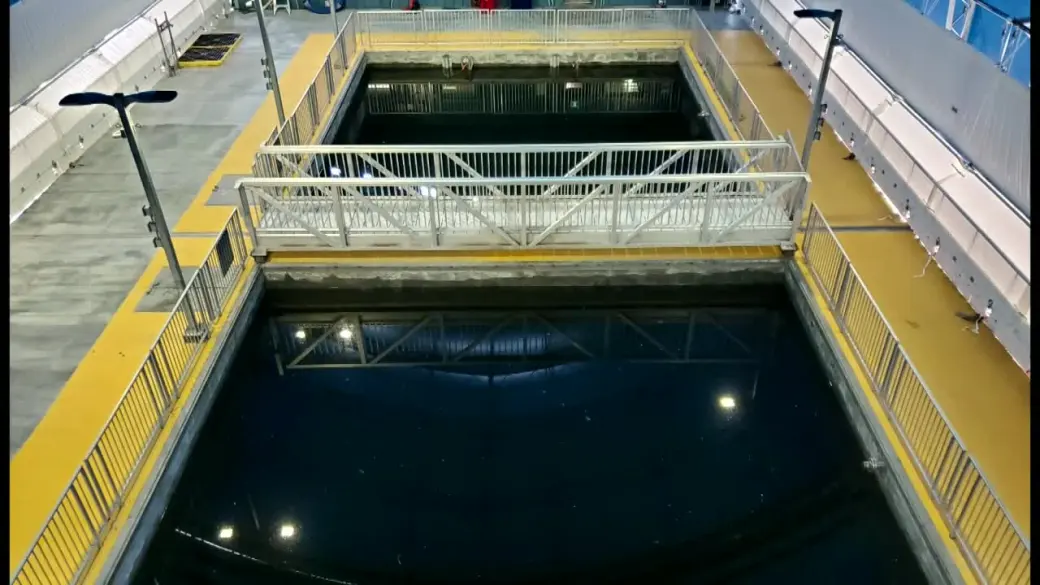

Could fish help us grow teeth?

It seems like an unusual question, but researchers at the University of Manitoba are looking into just that.
The Rady Biomedical Fish Facility in the Rady Faculty of Health Sciences is a $2.5-million lab housing about 2,500 tropical fish housed in hundreds of tanks. The two species of fish — Mexican tetras and zebrafish — are “leaders” of regenerative medicine, Benjamin Lindsey says.
“In the last 15, 20 years, different researchers started realizing when you injure different parts of the body of the zebrafish, the brain, heart, skin, limbs, they all grow back,” the U of M human anatomy and cell science assistant professor said.
“We’re getting the feeling that there’s some common mechanisms or overarching regenerative programming that might be common in the zebrafish, spinal cord brain and perhaps other organs that might be kind of the ticket to trying to some new discoveries and therapeutic strategies in humans down the road.”
As part of the research, Lindsey adds fluorescent “tags” to some of the fish’s cells. The tags allow researchers to observe those cells as they are involved in the repair and regeneration process.
“Under the right kind of light, you can actually see different cells and what these cells are doing under fluorescence and study them,” he said.
Devi Atukorallaya is a U of M College of Dentistry associate professor. Her research in the fish lab looks at how Mexican tetras regenerate their teeth. The tetras are a good model to study as they use their teeth and jaws to chew food like humans do. They can also regenerate their teeth up to 30 or 40 times.
“We can use the teeth as a model for studying tooth regeneration. How these stem cells, developing cells, will form teeth,” she said.
Atukorallaya’s research also looks at how environment shapes a fish’s tooth and jaw development. Mexican tetras that live in caves do not have eyes, but grow larger teeth and jaws than those that live in environments with more light. Atukorallaya’s research also looks at how eyes are connected to tooth development.
“When we remove the lens of the eye… it affects the development of the lower jaw, suggesting that the developing lens itself may be acting as a signaling centre for tooth development,” she said.
All of the fish Atukorallaya and Lindsey use in their research are bred in the lab. The fish are kept in a tank system that automatically keeps cleans the water and keeps it at 27 C.
Atukorallaya and Lindsey hope their work can help in developing regenerative treatments for patients in the future.
“We don’t need to use human embryos or human patients to study the disease mechanisms. We can simply use fish models to study the mechanisms and then we can apply that knowledge into the human population,” Atukorallaya said.



